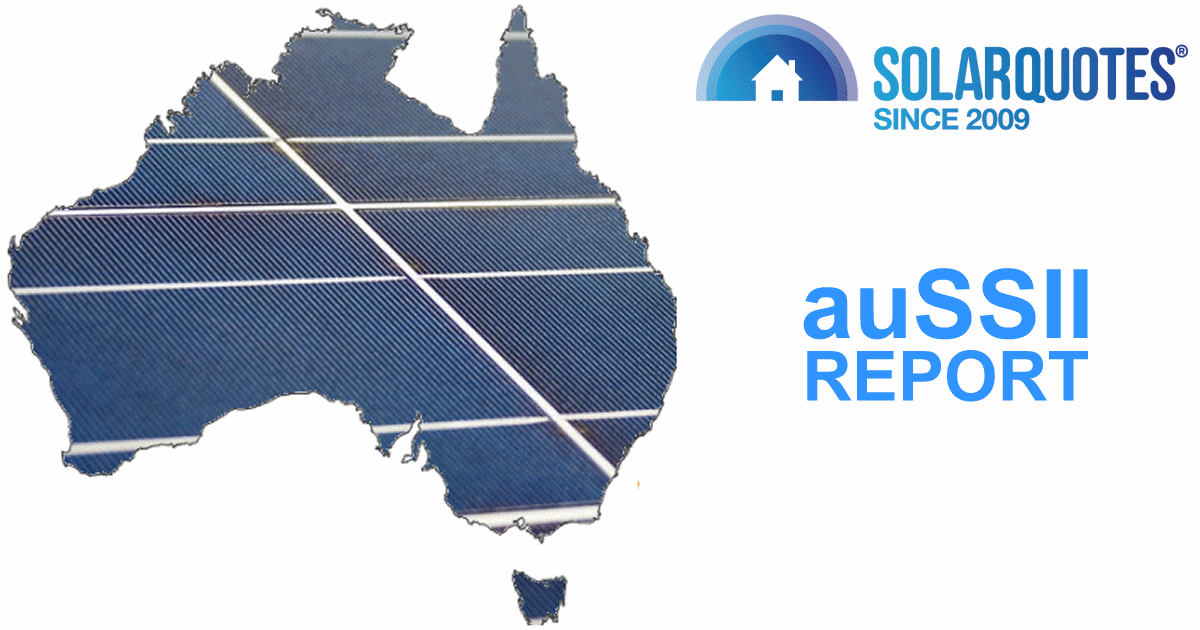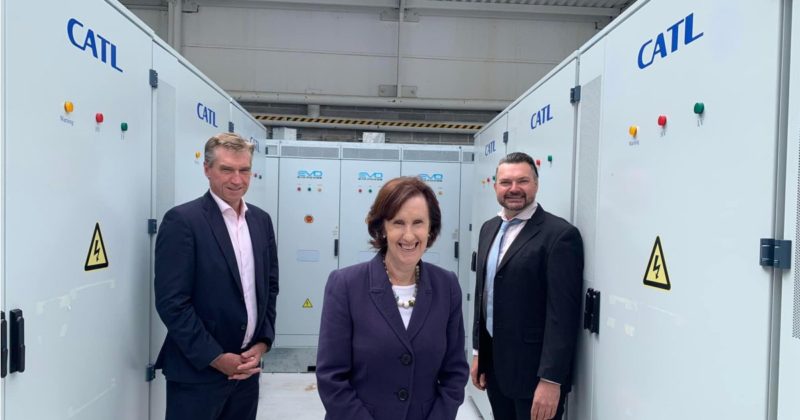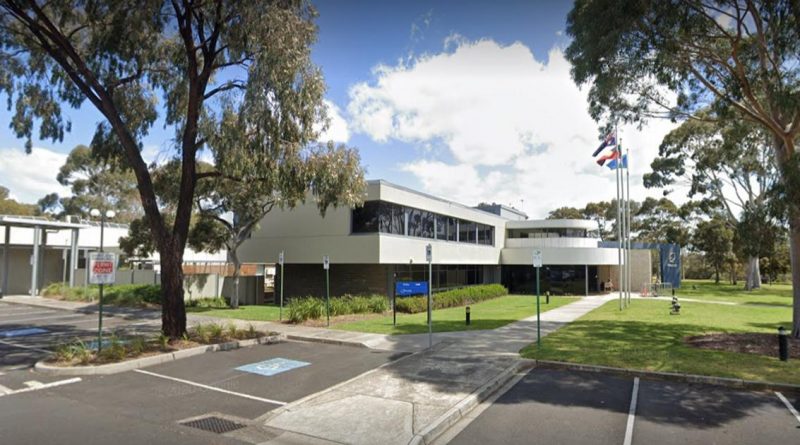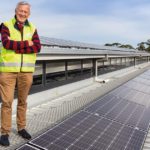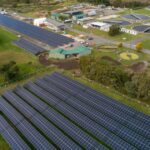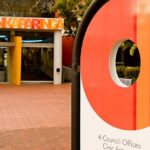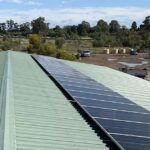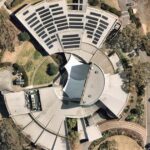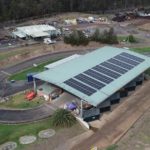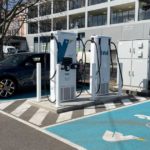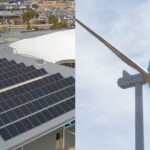Bayside City Council Claims Carbon Neutrality
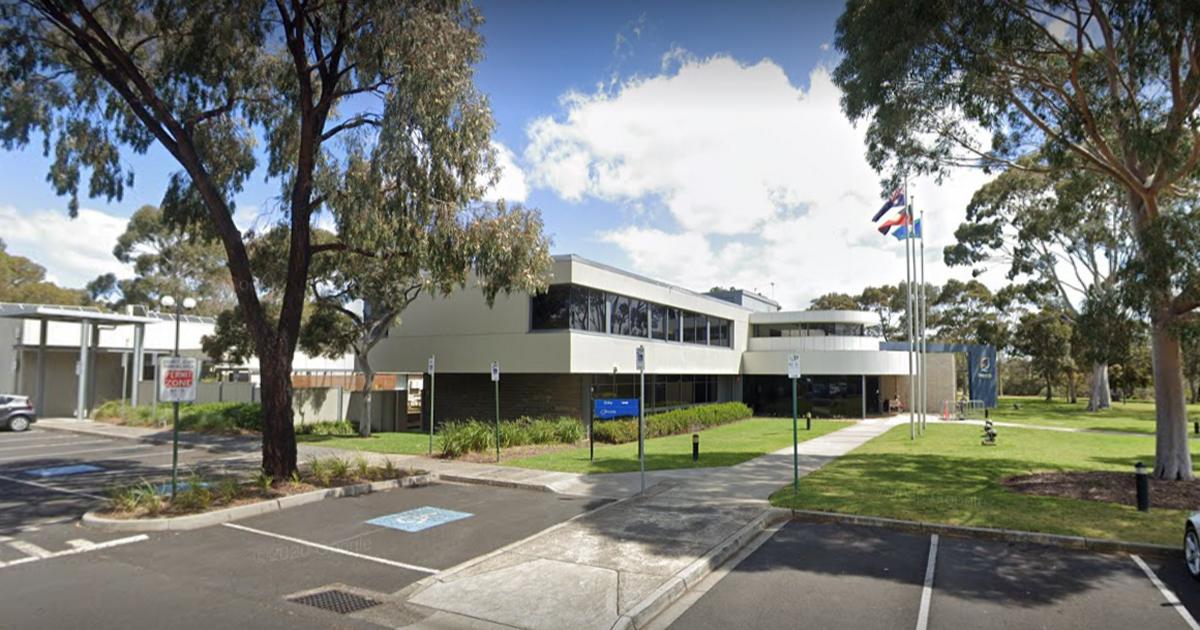
Bayside City Council Operations Centre | Google Earth
With a helping hand from solar panels, Victoria’s Bayside City Council says it is the first Council in the state’s south-east to achieve carbon neutrality for its operations.
Bayside City Council’s local government area has a northern boundary about 8 kilometres south-east of Melbourne’s CBD and incorporates 17 kilometres of coastline; from Brighton in the north to Beaumaris in the south.
It was one of a bunch of local governments across Australia to declare a climate emergency in December last year. But its sustainability and climate related efforts started well before the declaration was made. It was way back in October 2008 when Bayside City Council committed to be carbon neutral in its operations by this year.
While its efforts are yet to be certified by authorising body Climate Active, that shouldn’t be far off.
“Achieving carbon neutrality in 2020 demonstrates Council’s role as a sector leader in environmental citizenship but there is more to do in this climate emergency and we’re just getting started,” said Bayside Mayor, Cr Clarke Martin. “We will continue to avoid and reduce greenhouse gas emissions and lead the way for our community.”
The Role Of Solar Energy
Bayside City Council has used an “avoid, reduce, switch and offset” approach that included the installation of solar power systems. 1,316 solar panels have been installed on 31 buildings including Council’s Corporate Centre, and it seems there’s more PV to come. According to Bayside, solar is now providing electricity equivalent to that consumed by all Council’s major buildings and street lighting in the LGA.
Other carbon reduction activities have included making buildings “smarter” and more efficient, and there has been some use of electric bikes and public transport for work-related trips. Residual emissions have been offset using carbon offsets supporting reforestation projects in Australia and renewable energy projects overseas.
Looking ahead, Council has a goal of ensuring 100% of the electricity it purchases is renewables-based by 2023 and it intends developing a plan by 2022 to transition Council operations to all-electric by the end of this decade.
Home to more than 102,000 living in suburbs including Beaumaris, Cheltenham and Sandringham, solar power is also gaining popularity in the broader Bayside community, with an estimated 11.4% of compatible dwellings sporting solar panels.
Council’s Climate Emergency Action Plan 2020 – 25, adopted just last week, states through various programs and partnerships it will seek to make it easier for households and businesses to improve their energy efficiency and harness the benefits of renewable energy.
Original Source: https://www.solarquotes.com.au/blog/bayside-solar-carbon-mb1689/

